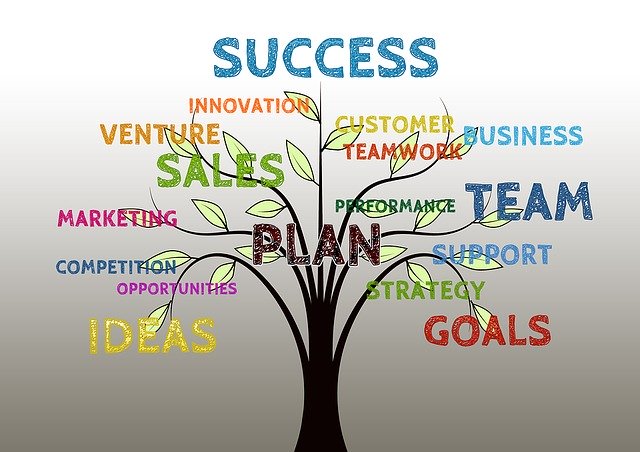
Running a business requires thorough planning, proper and efficient management, and a carefully crafted growth strategy. Growth is essential to every business, especially since the marketplace continues to evolve and become more competitive. If you do not innovate your strategies and change up your ways, your business will become stagnant, and you will get overshadowed by new entrants.
Creating a growth strategy takes more than thinking about your long-term goals. You should also consider the state of your business and the market and factors like feasibility and cost. From market penetration to product development, there are several strategies you can choose from, depending upon the next big step you want to take for your business.
Market Penetration
Market penetration involves marketing your existing products to the same market. This strategy does not include creating new products. Instead, it will involve methods like extensive advertising, promotional discounts, and other efforts that will increase your market share. It is one of the most basic strategies you can employ or combine with different strategies for maximum results.
This strategy is ideal if your market is not yet saturated or if you can still increase the usage rate of your customers. Given the aggressive marketing efforts you will use for this strategy, market penetration will help encourage your customers to make more repeat purchases and attract new customers to buy your product.
Market Development
With market penetration, you are staying in the same market. With market development, on the other hand, you are introducing your products to new markets that may be untapped or unsaturated. If you want to reach more customers, you can combine both market penetration and market development to establish a foothold in several markets in the long run.
Market development is best used if there are many distribution channels available or if you have excess production capacity. The latter indicates the possibility of having additional inventory, which shows the potential to increase your revenues.
Product Development
Employing product development for your business entails extensive research and development (R&D) and can help improve your sales through the introduction of a new product. If your current products are already in the mature stages of their life cycles, this strategy can help you stay competitive. It is also an ideal strategy if you are competing in a highly competitive industry since you will work on creating more innovative offerings.
Product development can have significant benefits for your business, but it tends to be costly as you need a strong R&D team to work on the new product. Alternately, you can also outsource the work by hiring a company that specialises in product development. The company will be able to help you throughout the process, from conceptualisation to design to execution.
Diversification
If your business currently has excess capital, and you want to find another revenue stream, you can opt for diversification strategies. Related diversification involves acquiring a similar business, so you already have some knowledge on how to operate it, but still, you get additional profit. This can significantly increase your sales since you can add new but related products for your existing customers.
Unrelated diversification, on the other hand, involves acquiring an unrelated business and is usually done by large conglomerates who operate in no-growth industries. This strategy is typically done at times when there is an excellent investment opportunity, and the business is seeking other sources of revenue.









![Watch Video Now on xiaohongshu.com [以色列Elevatione perfectio X美容仪 perfectio X 全新仪器黑科技了解下]](https://www.techburgeon.com/wp-content/uploads/2019/07/perfectiox-singapore-150x150.jpg)
